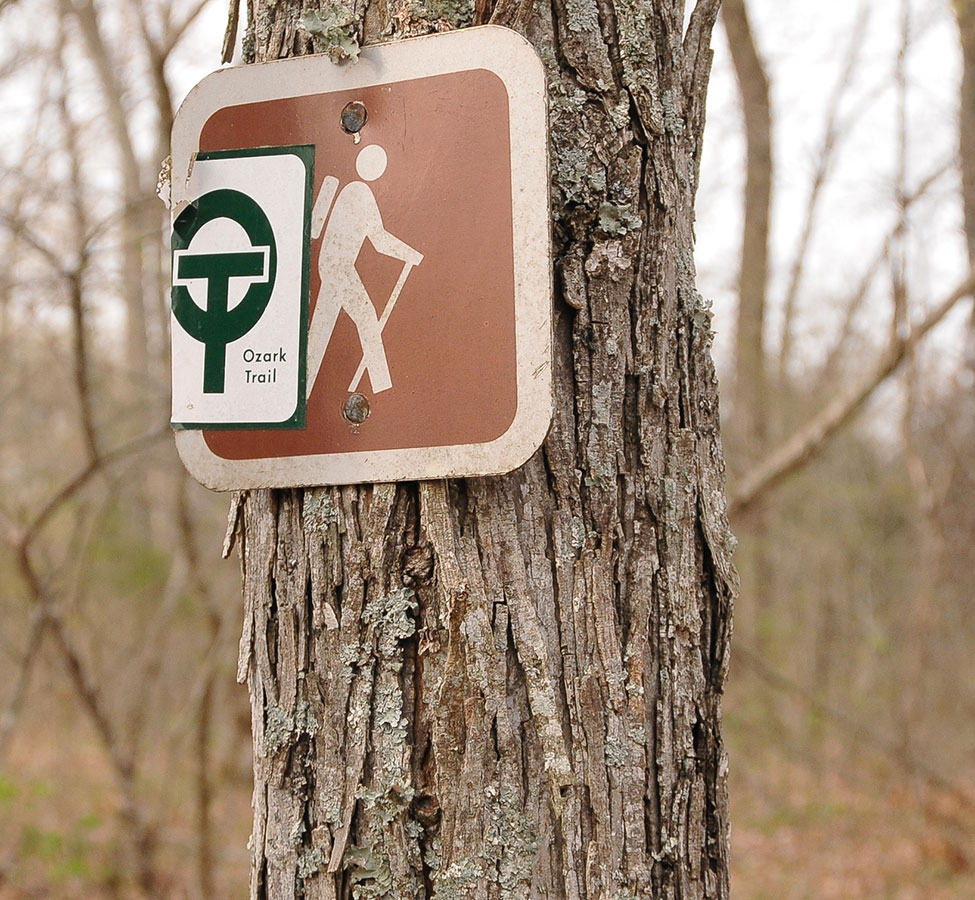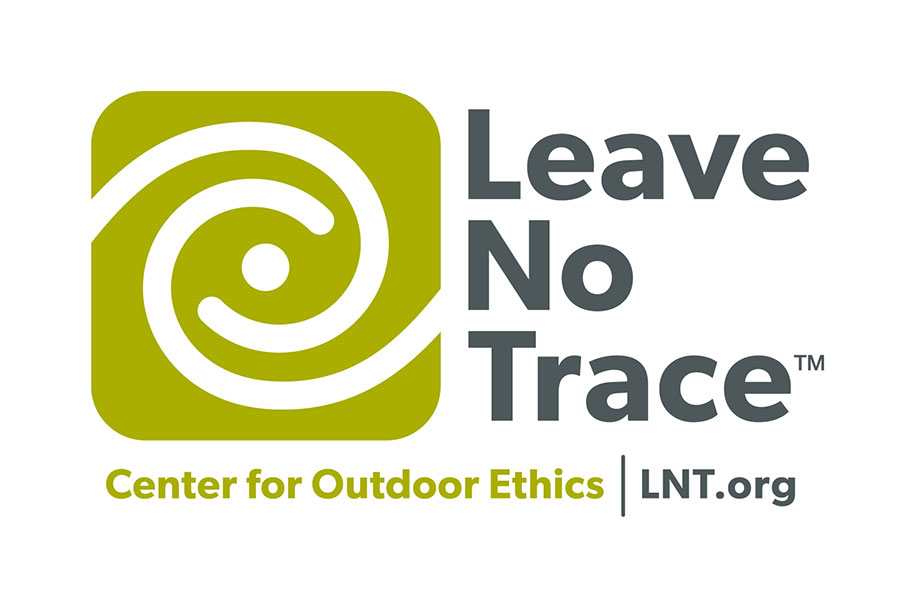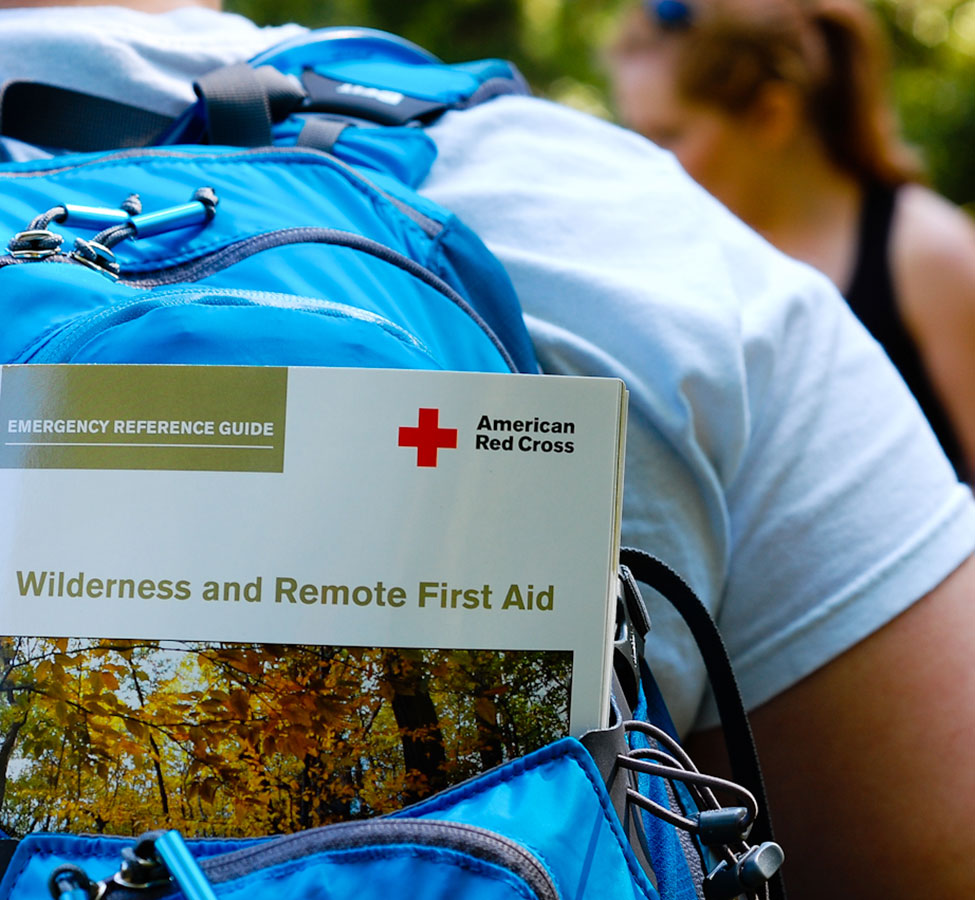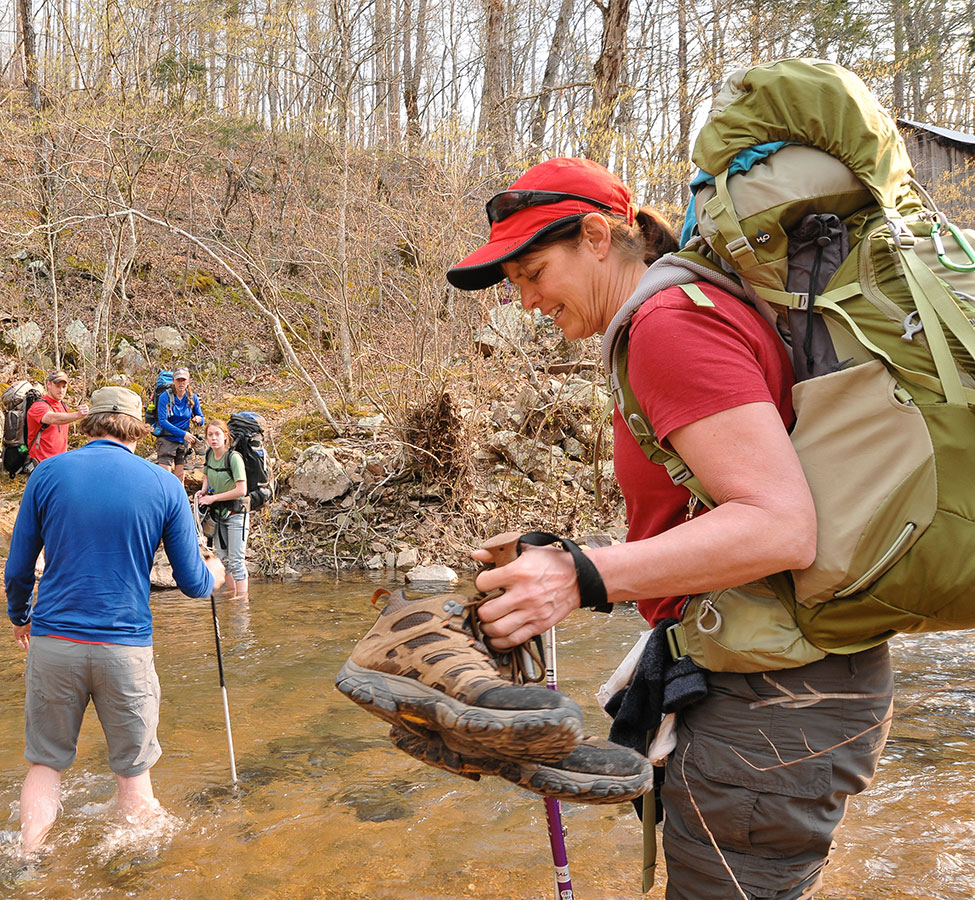Trail Usage and Restrictions
For the most part, the Ozark Trail is a multi-use trail system, allowing hikers, bikers, and equestrians to utilize most sections. However, some sections limit trail usage to certain user groups. No motorized vehicle traffic is allowed on any part of the Ozark Trail. More information on restrictions can be found on each individual Trail Section Page.
Natural Hazards
The Ozark Trail traverses rugged, adventurous lands that are subject to sudden changes in weather and flash flooding. Use caution when crossing streams and other natural trail obstacles. Do not attempt to cross streams in high water. Missouri is home to 51 different species of snakes. Most are harmless and all are protected by the Wildlife Code of Missouri. Please do not harm snakes or other wildlife you encounter on the trail. The best precaution is to avoid snake habitats such as brush, rock piles, and sunny rock ledges. Learn to identify irritating plants such as poison ivy and avoid any contact with your skin and clothing.
Trail Signs
The Ozark Trail travels over land owned by different organizations and government agencies and may be marked with different signs. There are three common markings that are widely used throughout the trail system, with the most common being the white and green Ozark Trail assurance markers (pictured). If you encounter these signs posted at an angle, this marks a curve in the trail, along with the direction of the curve. Double-markers indicate a switchback. You may also encounter signs containing a white hiker silhouette on a brown background (also pictured) or a silver diamond, both of which are used as U.S. Forest Service trail markers.


Leave No Trace
Leave No Trace is a national education program devoted to minimizing the impact on natural area resources. Its principles are: plan ahead and prepare, travel and camp on durable surfaces, dispose of waste properly, leave what you find, minimize campfire impacts, respect wildlife, and be considerate of other visitors.
Ticks and Other Biting Insects
Chiggers, ticks, and other biting insects are abundant in the Ozarks. Wear appropriate protective clothing and don’t forget to use DEET-based insect repellent on your skin. Spray your clothing, bedding, and shelter with permethrin for additional protection. For any insect repellents, follow manufacturer’s application instructions.
Ticks can carry a variety of diseases including Rocky Mountain Spotted Fever, Lyme Disease, and Erhlichiosis. Using repellent will help avoid tick bites, but always check your skin after a trip on the trail and remove ticks within 24 hours to avoid the chance of illness. Even if you don’t find ticks or see swelling or redness at the site of a tick bite, see your doctor right away if you have any symptoms after you’ve been outdoors. For information on ticks and tickborne diseases, see information from the Centers for Disease Control. For additional information and the latest research on ticks and current conditions across the country, see the TickEncounter Resource Center.


